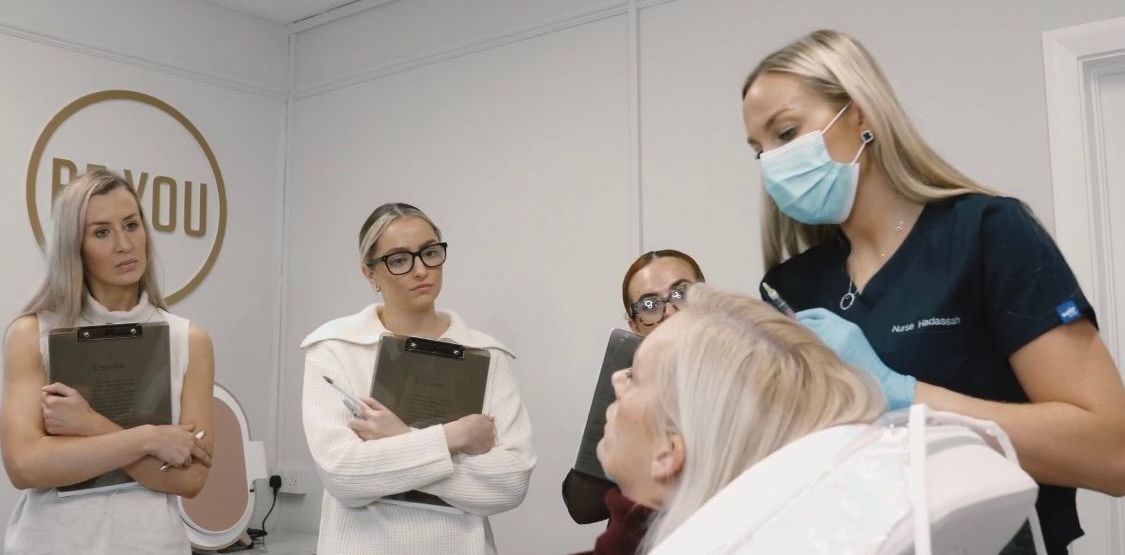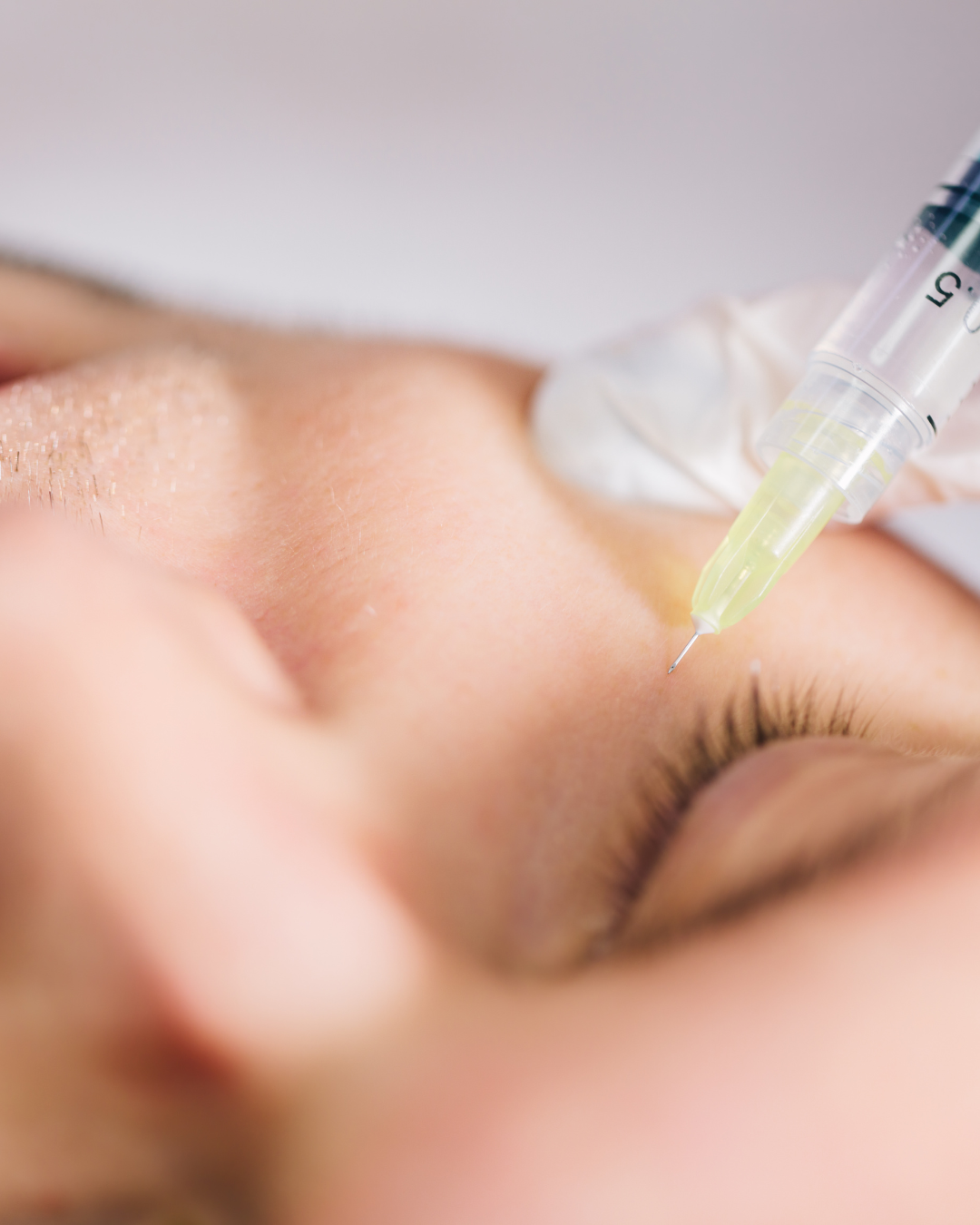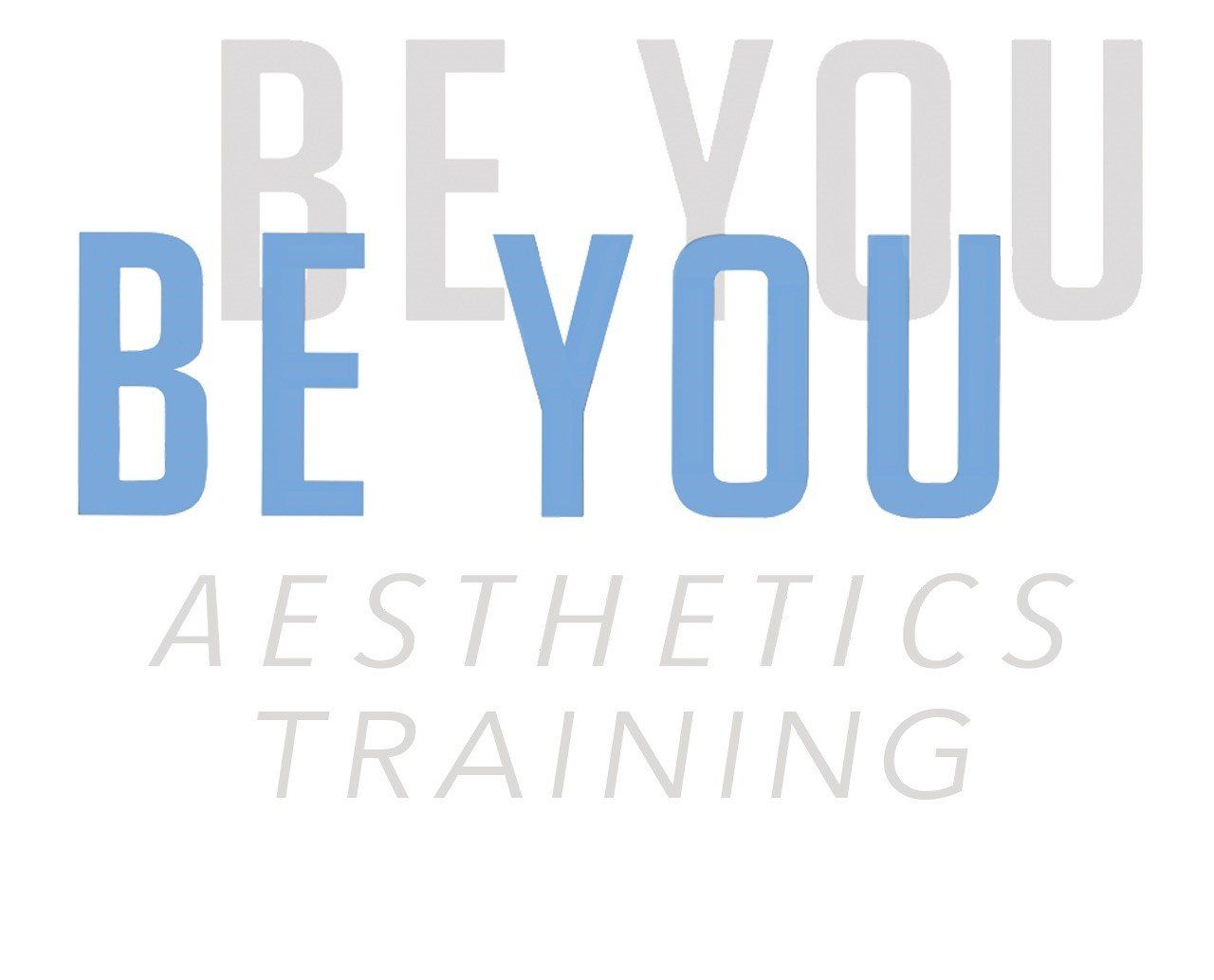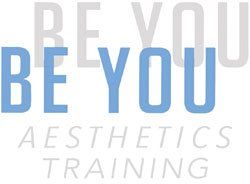Understanding Emergency Protocols in Aesthetic Medicine: A Guide To Patient Safety
Aesthetic medicine is often associated with beauty, rejuvenation, and confidence—but as with any medical field, patient safety must always come first. Despite the non-invasive nature of many cosmetic procedures, emergencies can still occur. Whether it's an allergic reaction to a dermal filler, a case of vascular occlusion, or an unexpected syncopal episode, being prepared is non-negotiable.
Why Emergency Protocols Are Crucial in Aesthetic Practice
Aesthetic procedures are generally low-risk, but they are not risk-free. The most common emergencies encountered in aesthetic settings include:
- Anaphylaxis
- Vascular Occlusion
- Vasovagal Syncope
- Blindness
When these situations arise, time is of the essence. Having structured protocols not only ensures quick response but also instils confidence in your team and your patients.
Essential Components of an Emergency Protocol
A well-designed emergency protocol should include the following components:
1. Risk Identification and Patient Assessment
Conduct a thorough medical history and allergy check before any treatment.
Use consent forms that clearly explain potential risks.
Flag high-risk patients (e.g., those with bleeding disorders, cardiovascular issues, or known allergies).
2. Trained Personnel
Ensure all team members are first-aid trained.
Encourage continuing education in aesthetic complication management.
3. Emergency Equipment and Medications
Maintain a fully stocked emergency kit including:
- Epinephrine auto-injectors
- Antihistamines
- Aspirin
- Hyaluronidase (for filler complications)
- Check and log expiration dates regularly
4. Standard Operating Procedures (SOPs)
Create and display clear SOPs for each type of emergency.
Include flowcharts for quick decision-making.
5. Post-Emergency Care and Documentation
Always provide follow-up care.
Document the event in detail: what happened, actions taken, medications used, and the patient’s response.
Specific Emergency Scenarios in Aesthetic Medicine
🔴 Vascular Occlusion
Signs: Blanching, severe pain, mottled skin.
Immediate Action: Stop injection, apply warm compress, massage, and inject hyaluronidase promptly.
⚠️ Anaphylaxis
Signs: Swelling, difficulty breathing, rash, rapid pulse.
Immediate Action: Administer epinephrine, call emergency services, and provide oxygen and antihistamines.
🌀 Vasovagal Syncope
Signs: Fainting, pallor, sweating, nausea.
Immediate Action: Lay the patient flat, elevate legs, monitor vitals, and reassure.
Building a Culture of Safety
Having emergency protocols isn’t just a box to tick for compliance—it reflects your clinic’s values. Training your team and regularly reviewing your systems are marks of a responsible and trustworthy practice.
Remember: You may only face one emergency in your aesthetic career—but how you handle it could define your reputation.




